If I were in the mood to relocate, or was even contemplating a life outside of Budapest, I may well have found my city. In the past few years, when I travel, I have found myself looking at a city’s liveability… would I move there? I first noticed it in Riga (possibly) and Geneva (no). Perhaps it’s a testament to how much I love living in Budapest that nowhere has gotten an affirmative thumbs up. Until now. Until Halifax.
I know little of the city – we landed downtown at the hotel about 7 pm and left the following day around 1pm. Not a huge amount of time on which to base a potentially life-changing decision, admittedly, but I’ve made life-changing decisions overnight before and have no regrets. I’m all for that ’empty-handed leap into the void’, for it is often in that void that true potential is realised.
Halifax is the capital of Nova Scotia, Canada, is closer to Dublin than it is to Vancouver BC, and has a population of just over 400 000. It has to be one of the friendliest places I’ve been to. Everyone, from Hilary, the receptionist at the Four Points Sheraton, to Victoria, our waitress at the Old Triangle, to Emily at the airport’s Alamo car-rental desk who dealt so professionally with my mini, bordering-on-tears rant at the Internet company who blatantly lied about the size of a compact boot, to the lovely pilot who so helpfully directed us to the black phone when we sauntered through customs without picking up our luggage – oh, wait, no. That was Montreal. Perhaps all Canadians are friendly and helpful and nice. Or is that too dangerous an extrapolation? Of course, it could also have something to do with the fact that it has more pubs per capita than any other city in Canada. [But back to the Old Triangle for a minute – it was hopping on a Tuesday night, with great food, and a clientele that was on the right side of 37. Given a few more days, I reckon the lovely Ms G and myself could have wreaked some havoc. Mind you, we’d need seed money; the city isn’t cheap and the wine (how knew NS produced wine?) though excellent, is a tad expensive.]
The Citadel is the main attraction (the most visited historic site in the country apparently) with museums detailing Canada’s military history, something I’d never given much thought to. But they seem
to have been everywhere of any importance and places, too, that I’d never heard of. The death of 24 Canadians on 9/11 at the Twin Towers took them to Afghanistan. And I’m still trying to figure out what went on in 1812. It reminded me a lot of Komárom – except for it is round and this was star-shaped; and it is much bigger; and it has an indoor railroad. Apart from that though, they’re quite similar. This is the fourth (I think) to be built in Halifax and interestingly, though build to defend the city, it has never seen battle. It took all of 26 years to complete (compared to the six envisaged) and today provides employment for some keen young people who don’t mind having their photos taken by a regiment of random strangers. Personally, I can’t think of anything worse – but every crumb to its cookie. You can actually enlist to be a ‘soldier’ for a day and get your own uniform. As I said – cooks and crumbs.
Just below the Citadel is the famous clock tower, supposedly commissioned by Prince Edward back in 1803 to help cure the garrison of its lack of punctuality. It’s been keeping time ever since. Trivia question: did you ever notice that most clocks with Roman numerals use IIII for four and not IV? I certainly hadn’t… but apparently that’s the case. What struck me though was when viewed face on, it looks rather sweet. And when viewed from the citadel itself, it seems to be struggling a little to hold its own. Perhaps I was letting my imagination run away with me and empathising a little too much with something that seemed a tad out of sync with the world around it.
The waterfront is slightly twee but still lovely. It’s off-season and what few tourists were around far outnumbered the shops and restaurants that were actually open. It would seem that during the week there’s not a lot going on in city but yet it has a wonderfully warm feel to it. There seems to be unlimited potential bubbling away just waiting to be discovered. It’s avidly anti-smoking, with smoking banned even on outside terraces. I think I saw three people smoking in the whole time we were there. But back to the waterfront, and Pier 21, where more than one million immigrants disembarked for a new life in Canada. It has the oldest continuously operating farmers market in North America, and a host of maritime exhibitions involving boats from WWII, schooners, and all sorts. I can only imagine how thronged it gets in the summer months – and I can well imagine being a regular down there for a morning coffee.
Next up was the cemetery – the one where 150 of those who died on the Titanic are buried. Surprisingly, I had to ask five people before one could tell me where it was, and he had to Google it. What was interesting is that many were buried and then later identified, their names added to their tombstones after the fact. And many more are still known by their numbers rather than their names. I find that incredibly sad. How ever anonymous we might be in life, we should at least be named at our death.
I was struck, too, by the marker of a man from Clones, in Ireland. Of course there were plenty of Irish aboard, but what got me thinking was the idea of a priest (or vicar, as it’s a rectory) being on duty – and ergo, off duty. I’d somehow thought of religious life as a 24/7 calling rather than a profession.
We did get a little lost on our search for Fairview Cemetery. But that is only to be expected when I’m driving. The silver lining was that we got to see local neighbourhoods with their colourful wooden houses (does this style have an architectural label?). One in particular caught my eye, or rather the inscription beneath its window. Perhaps because it embodied what for me has become something I’ll forever associate with the city – its honesty and its openness.
While I don’t think Budapest is in any danger of getting rid of me anytime soon, it’s good to know that there is somewhere I wouldn’t mind spending a couple of years. Definitely worth a visit.
Save
Save
Share this:
- Click to share on X (Opens in new window) X
- Click to share on Facebook (Opens in new window) Facebook
- Click to share on Pinterest (Opens in new window) Pinterest
- Click to share on LinkedIn (Opens in new window) LinkedIn
- Click to share on Reddit (Opens in new window) Reddit
- Click to share on WhatsApp (Opens in new window) WhatsApp
- Click to share on Pocket (Opens in new window) Pocket
- Click to share on Telegram (Opens in new window) Telegram
- Click to email a link to a friend (Opens in new window) Email


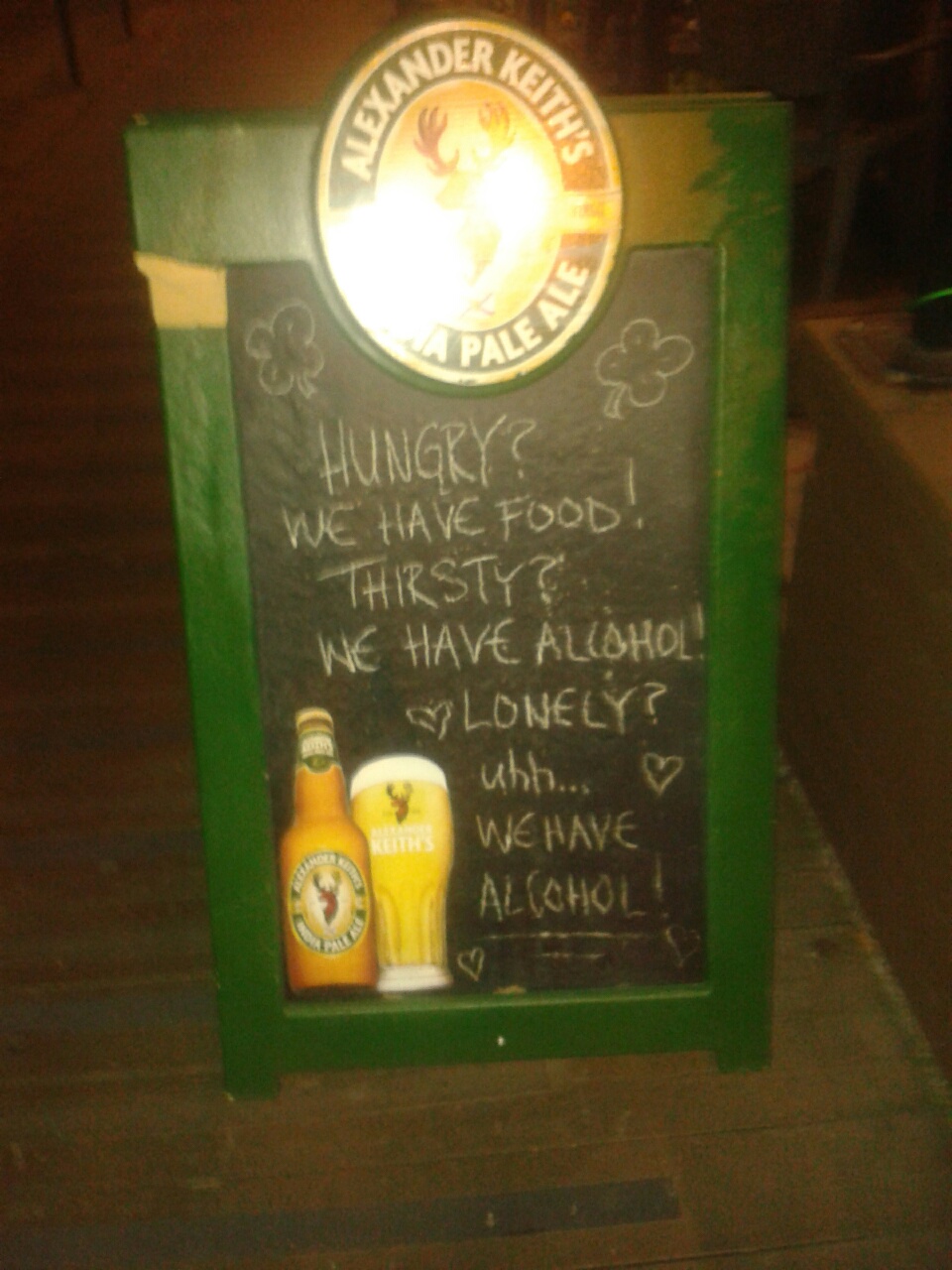
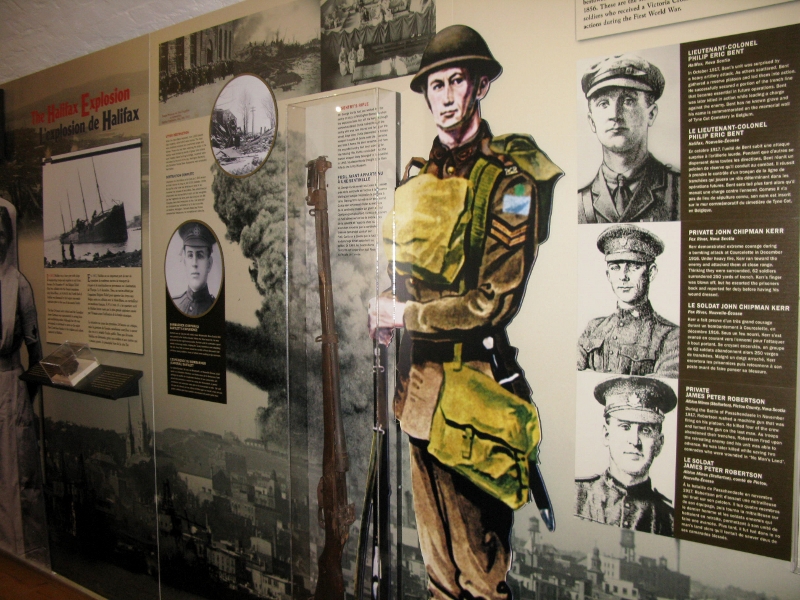
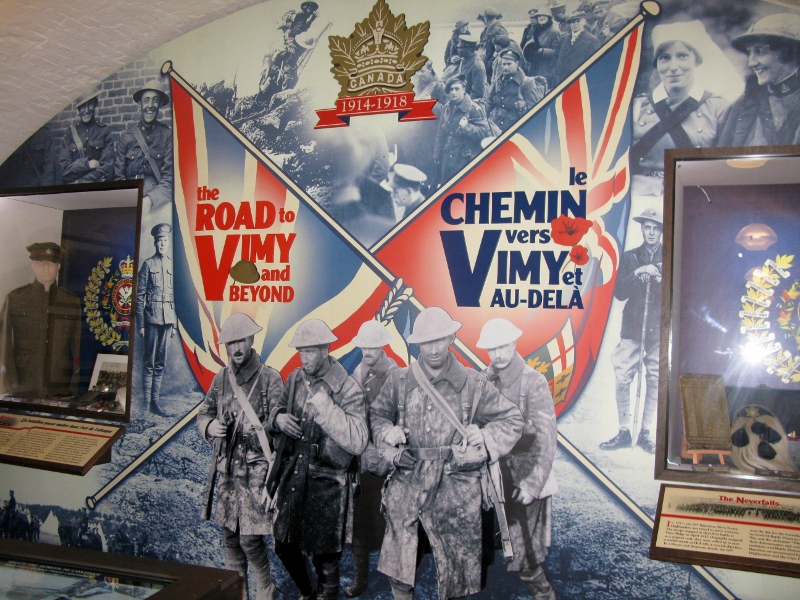
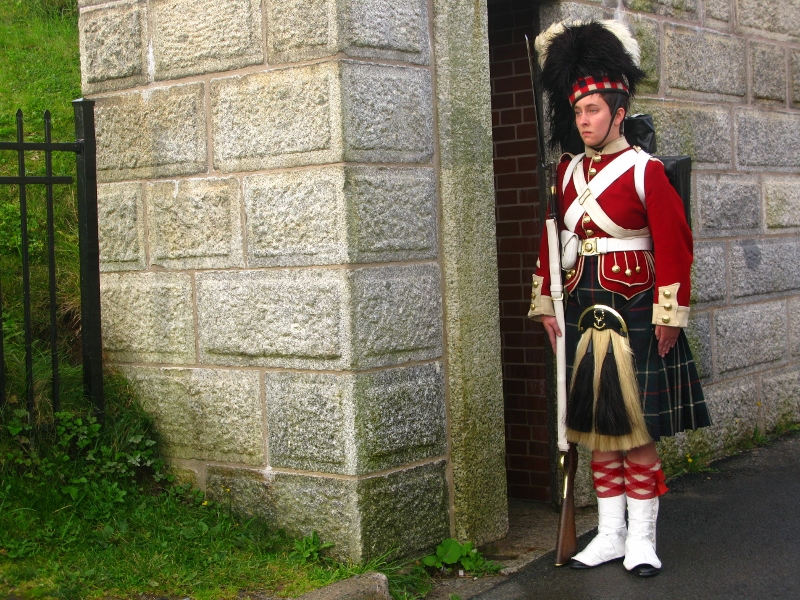
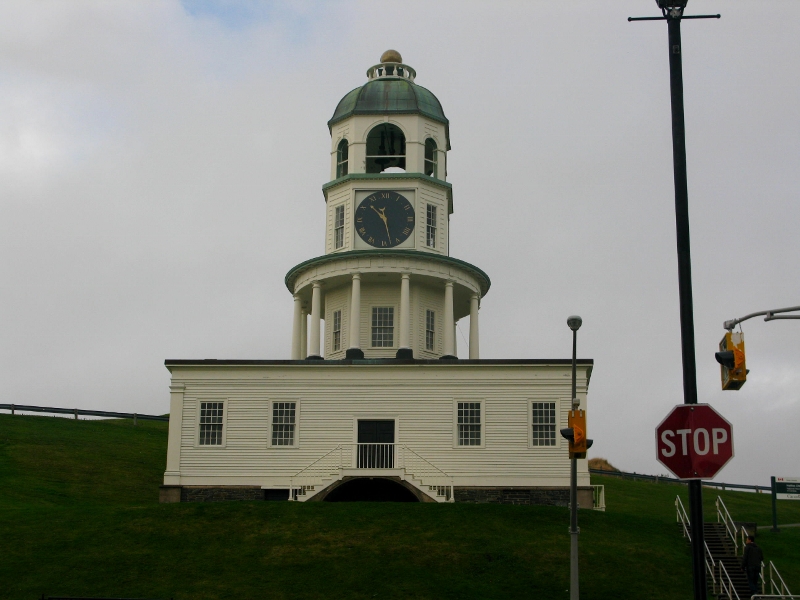
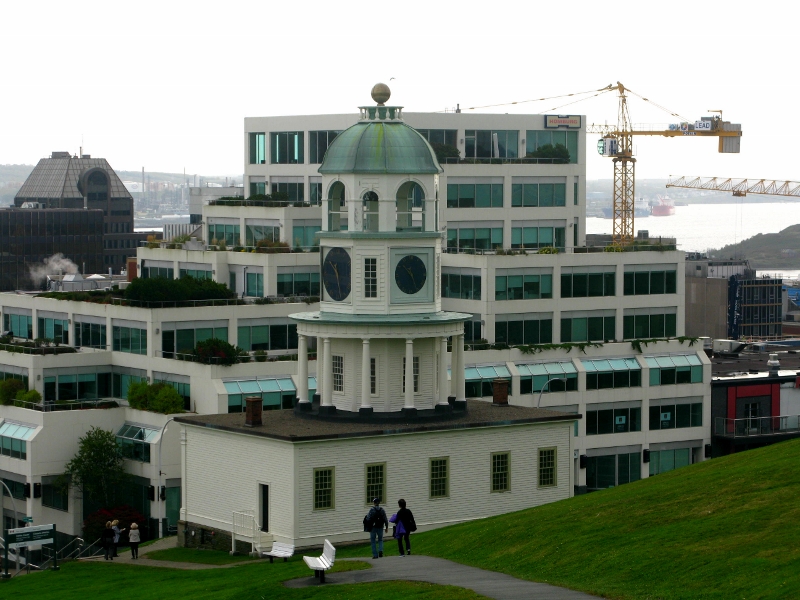
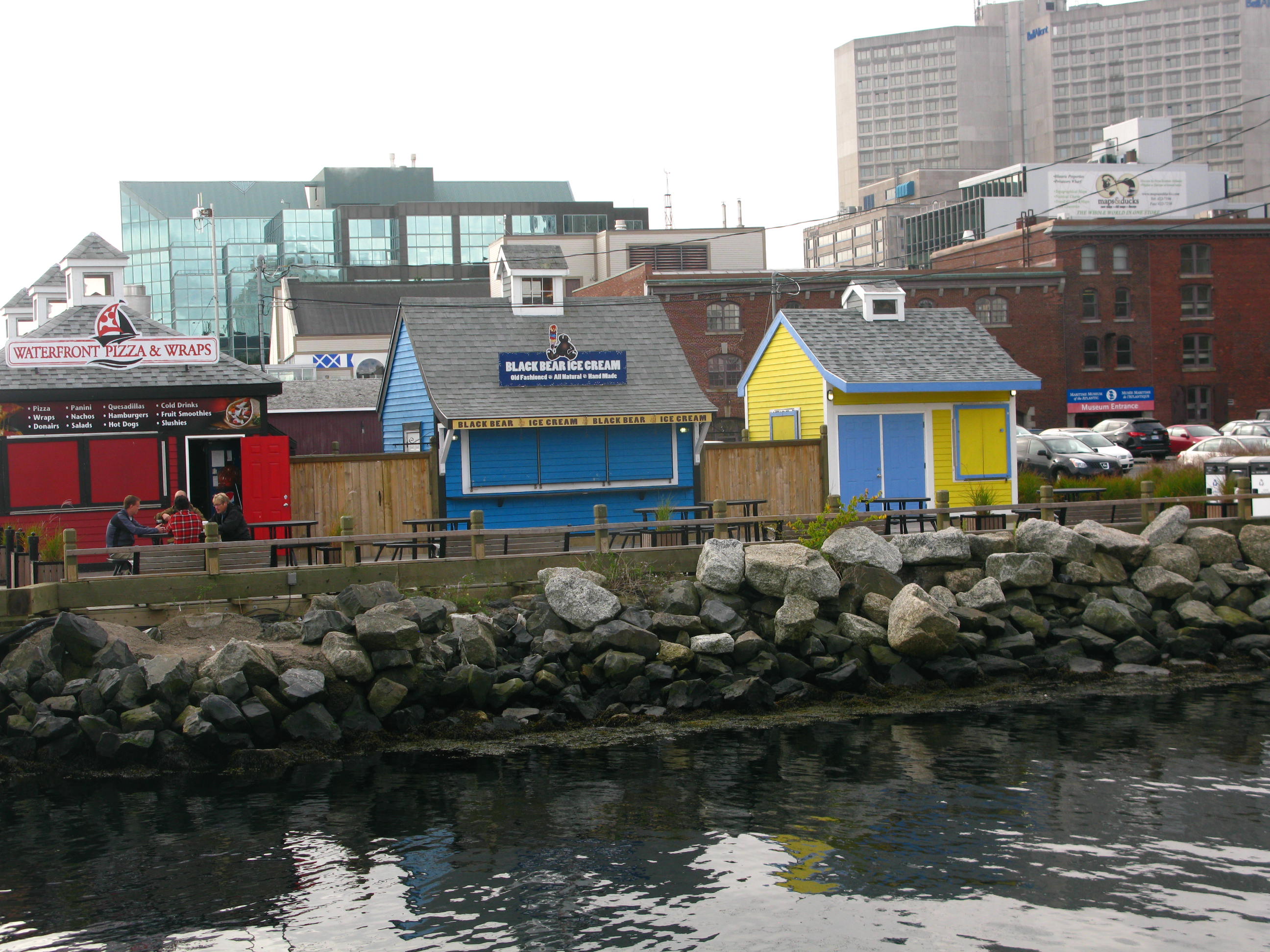
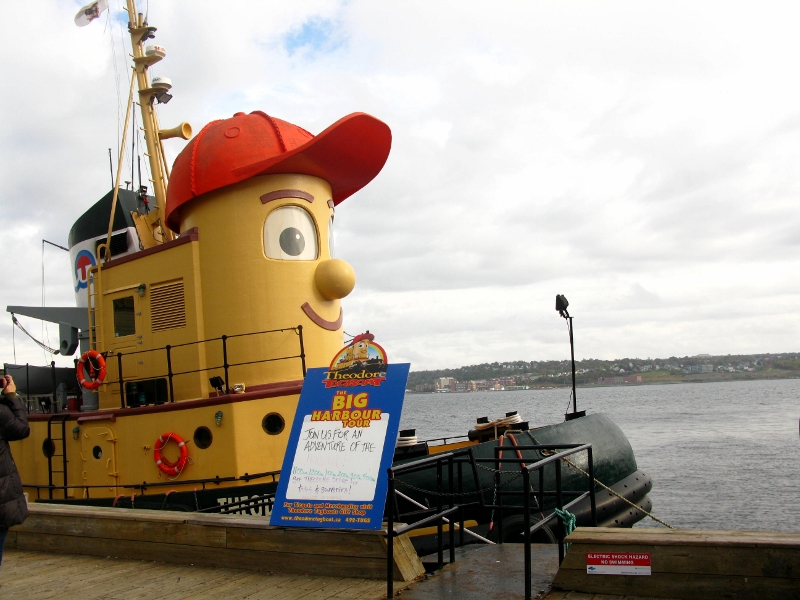
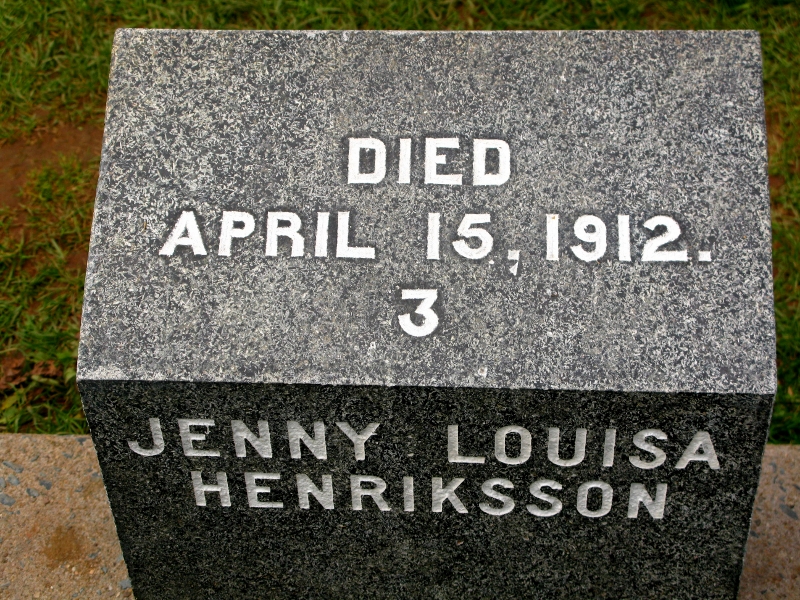

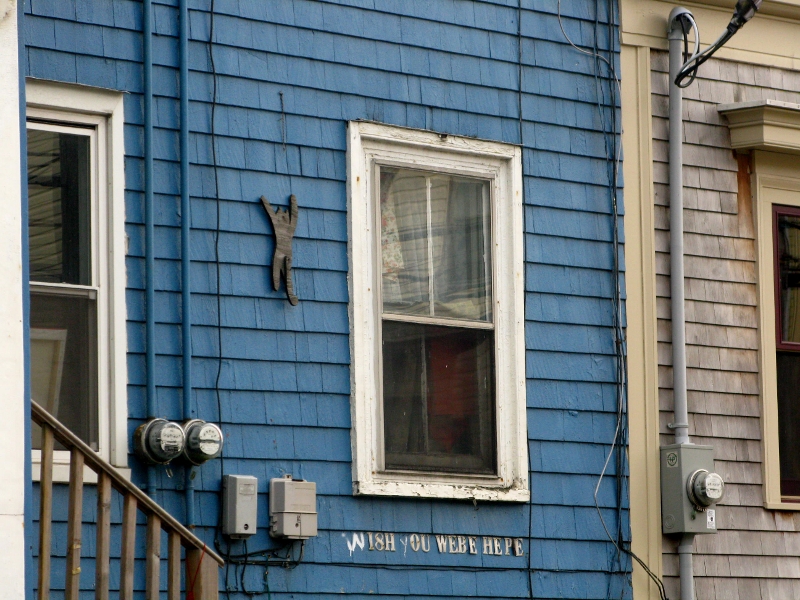
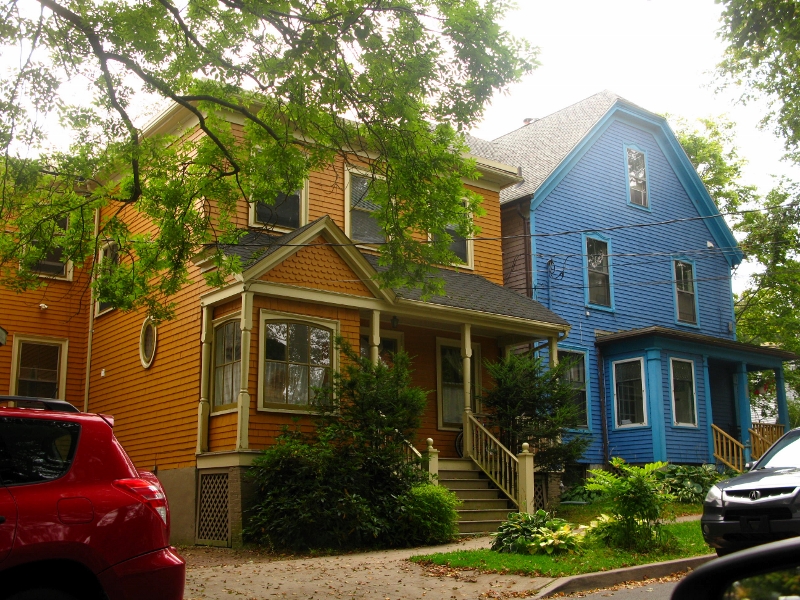

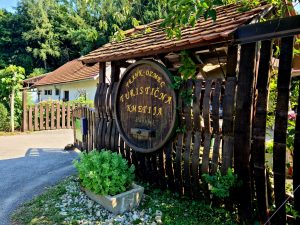



7 responses
Thank you………..I’m very envious, Nova Scotia is on my ‘bucket list’. 1812……….the Canadians (still British at that stage) repulsed the Americans from taking over Canada (I think)………the Americans don’t tell that story often. The houses would be called ‘clapboard’ houses. I didn’t know the Titanic burial story………can you imagine attempting to identify someone from Europe in Halifax with only what they had in their (wet) pockets to go on.
It gets better – drove up to Cape Bretton yesterday – you would be in your element…thanks for sorting the clapboard thing… so what’s shingle?
In North America and Canada concrete roof tiles are rarely used (I think that the cold of their winter damages the tiles) , blue slate is used but it is relatively expensive. Probably due to the abundance of timber they make roof tiles out of wood……they have a reasonable life and are easy to replace. Ireland or Britain is too damp for such tiles to last for a reasonable time. These wooden tiles are called shingles. ……….giving the term a shingle roof.
I’m looking forward to the Cape Bretton pics!
Ah so – shingle is in the roof – thanks
I am with you Mary. I love Halifax. One of my biggest regrets is not going to uni in the city (I felt it was too far from home at the time).
And I THINK the houses are called Maritime Vernacular!
Really liking this country of yours hilary…. gorgeous spot